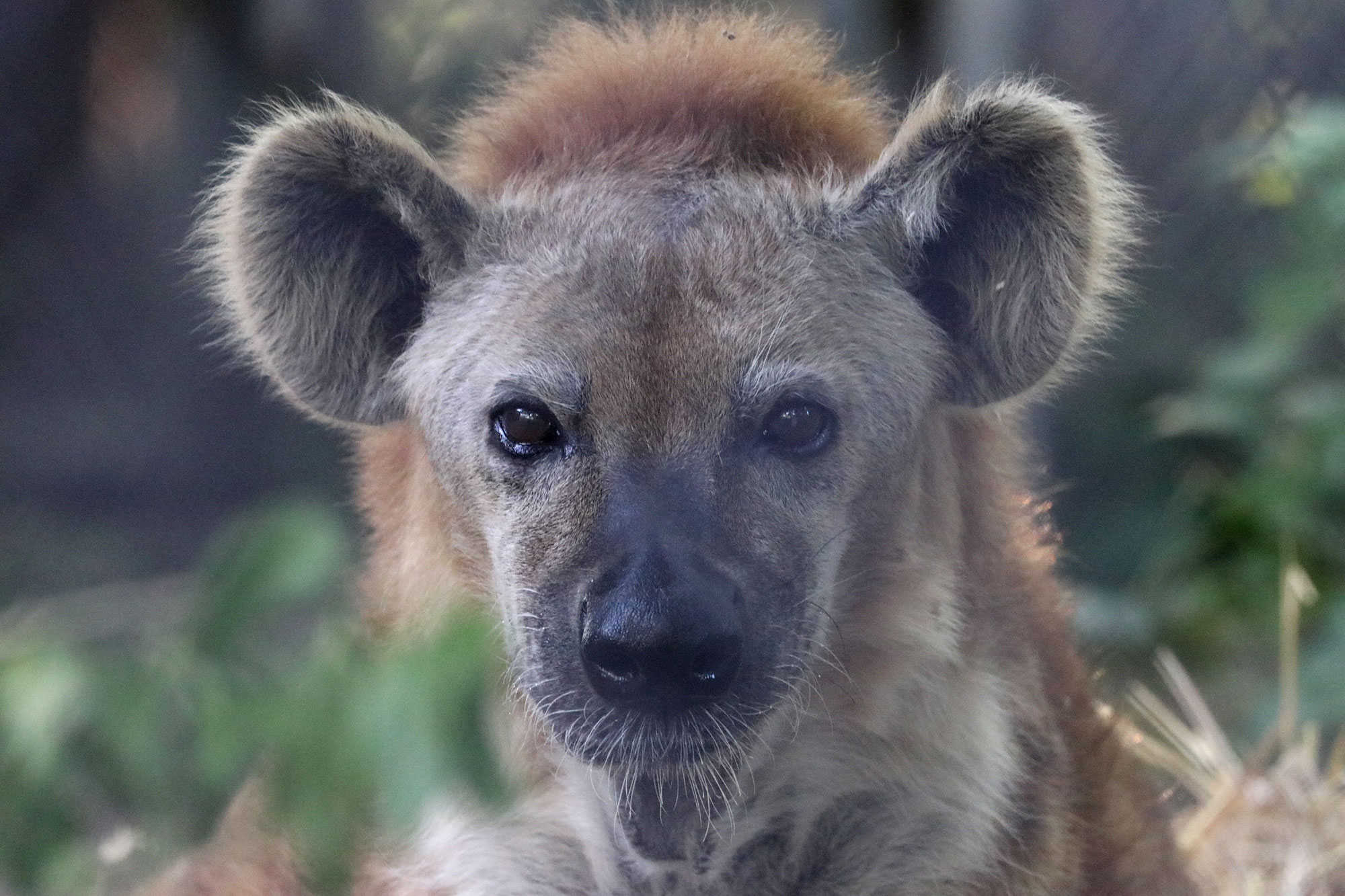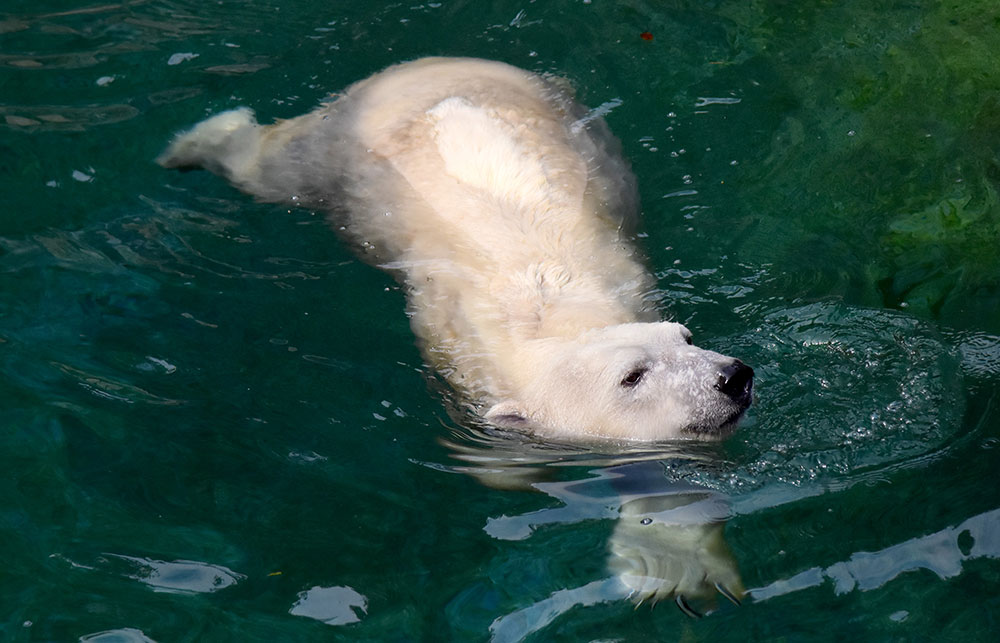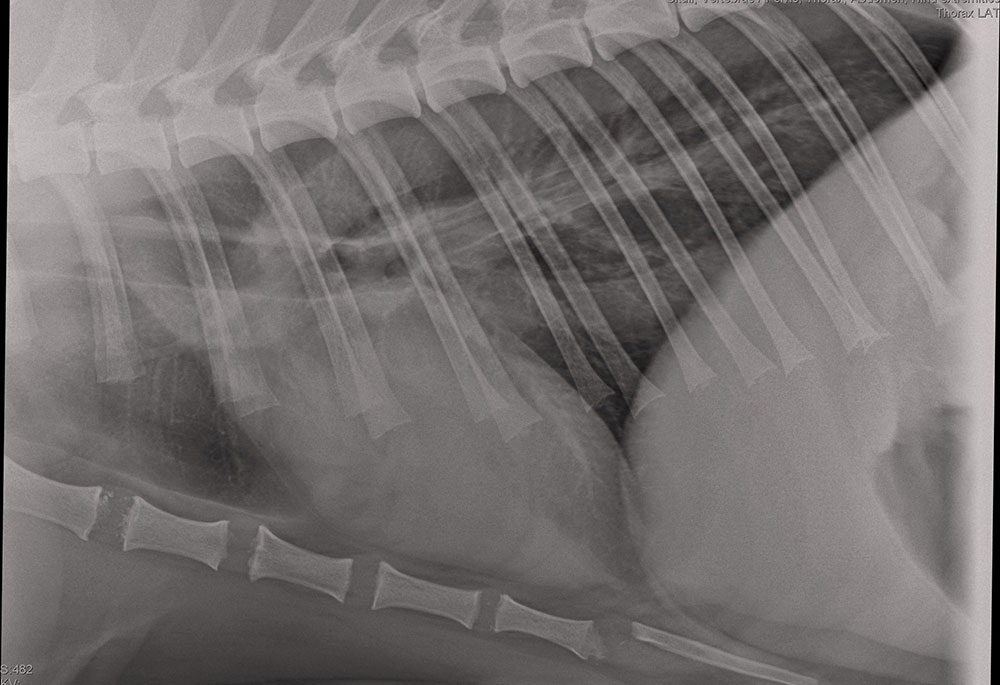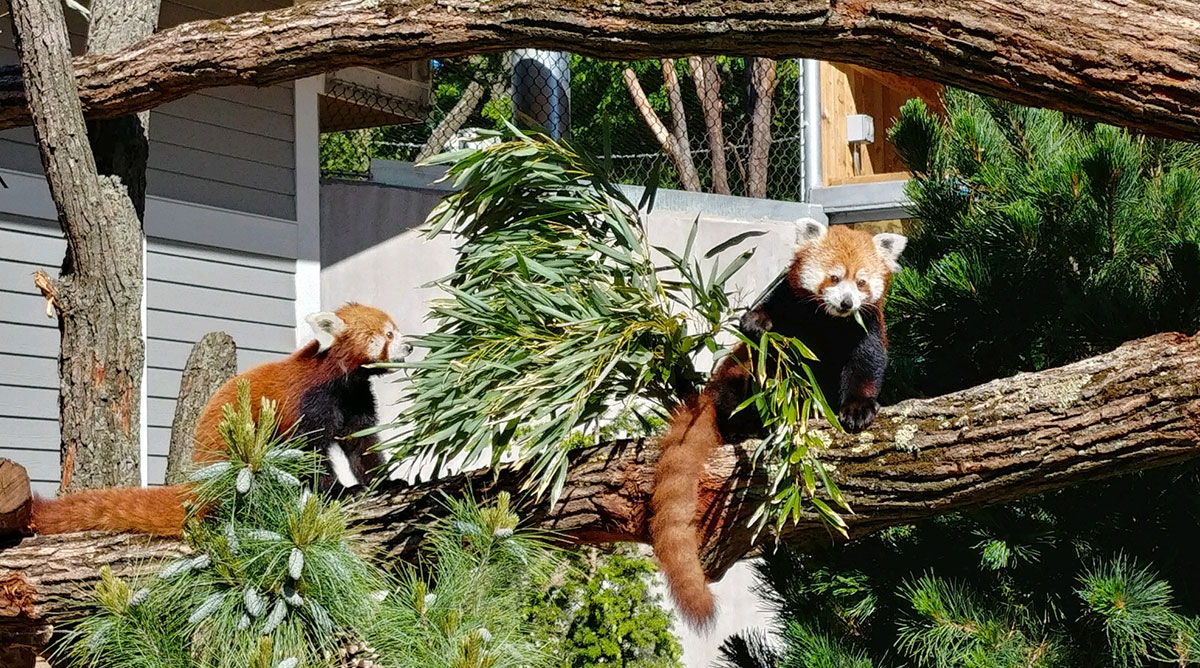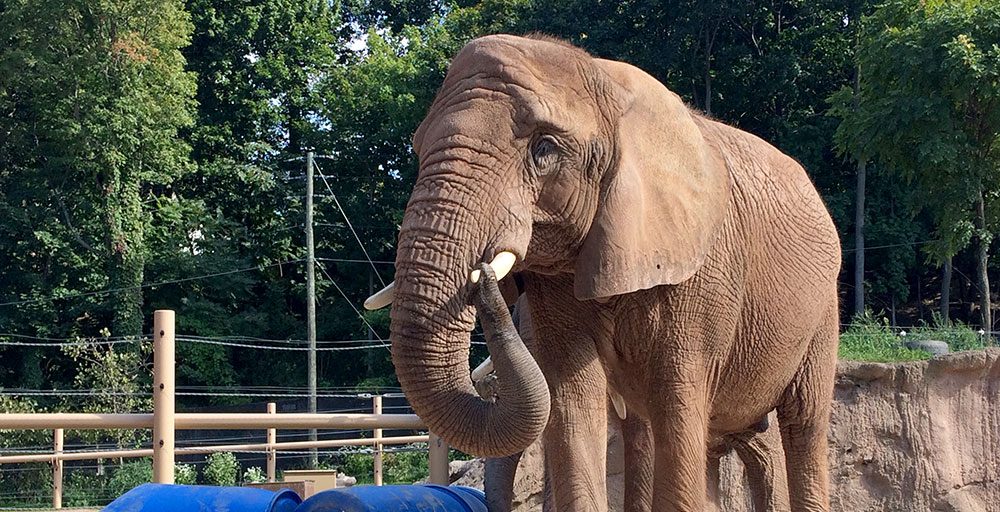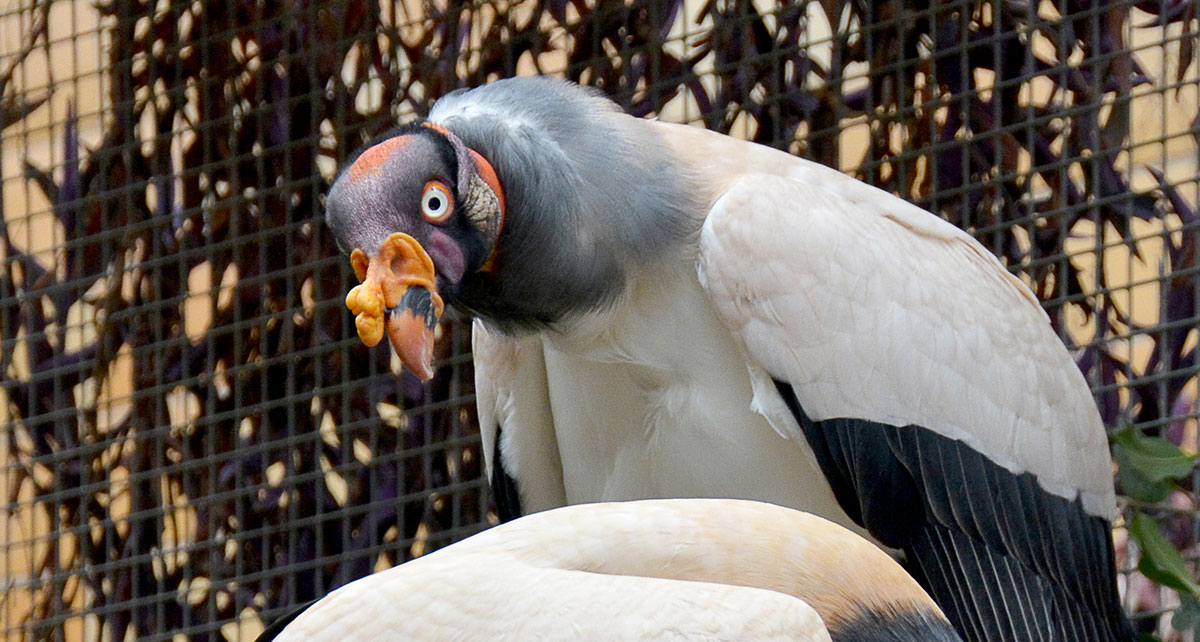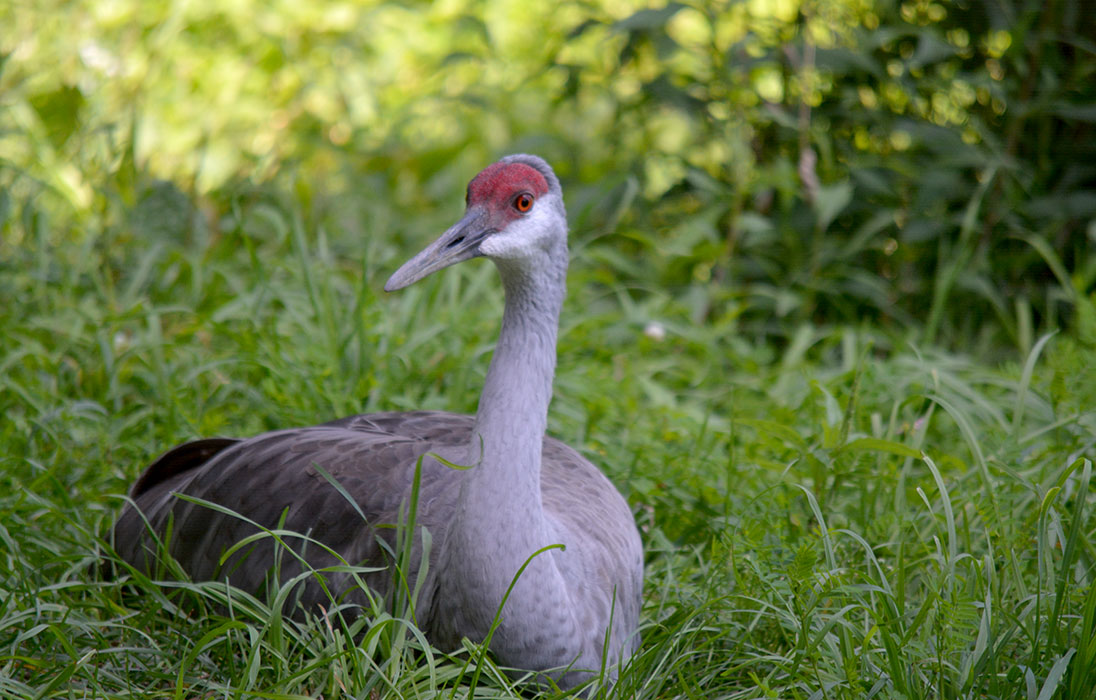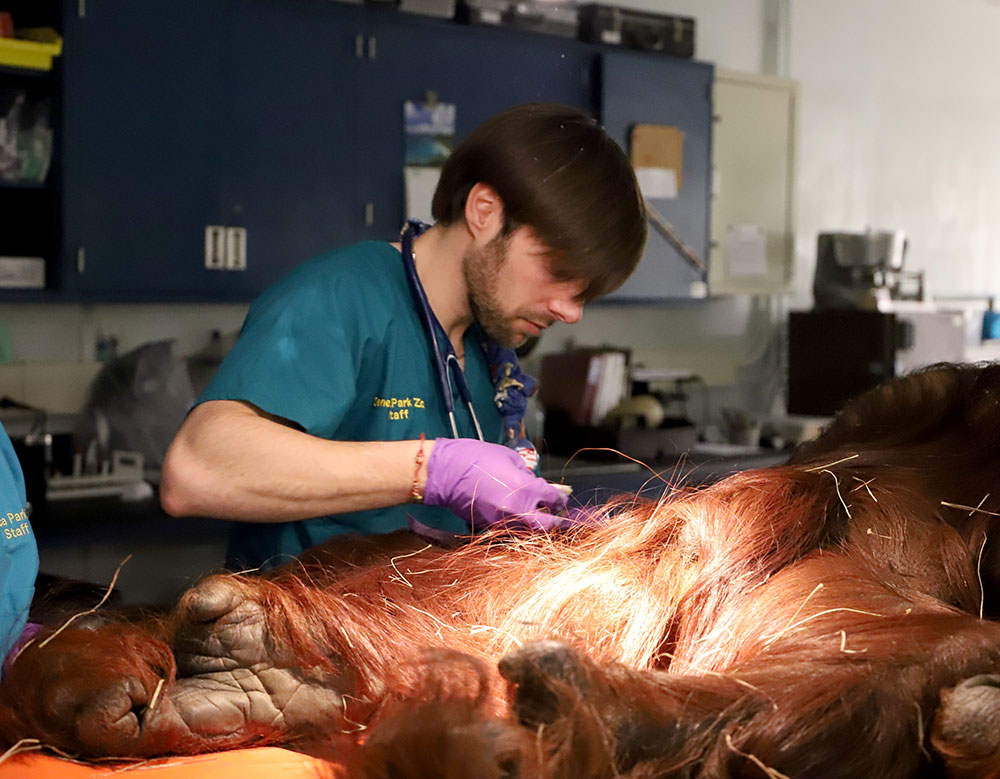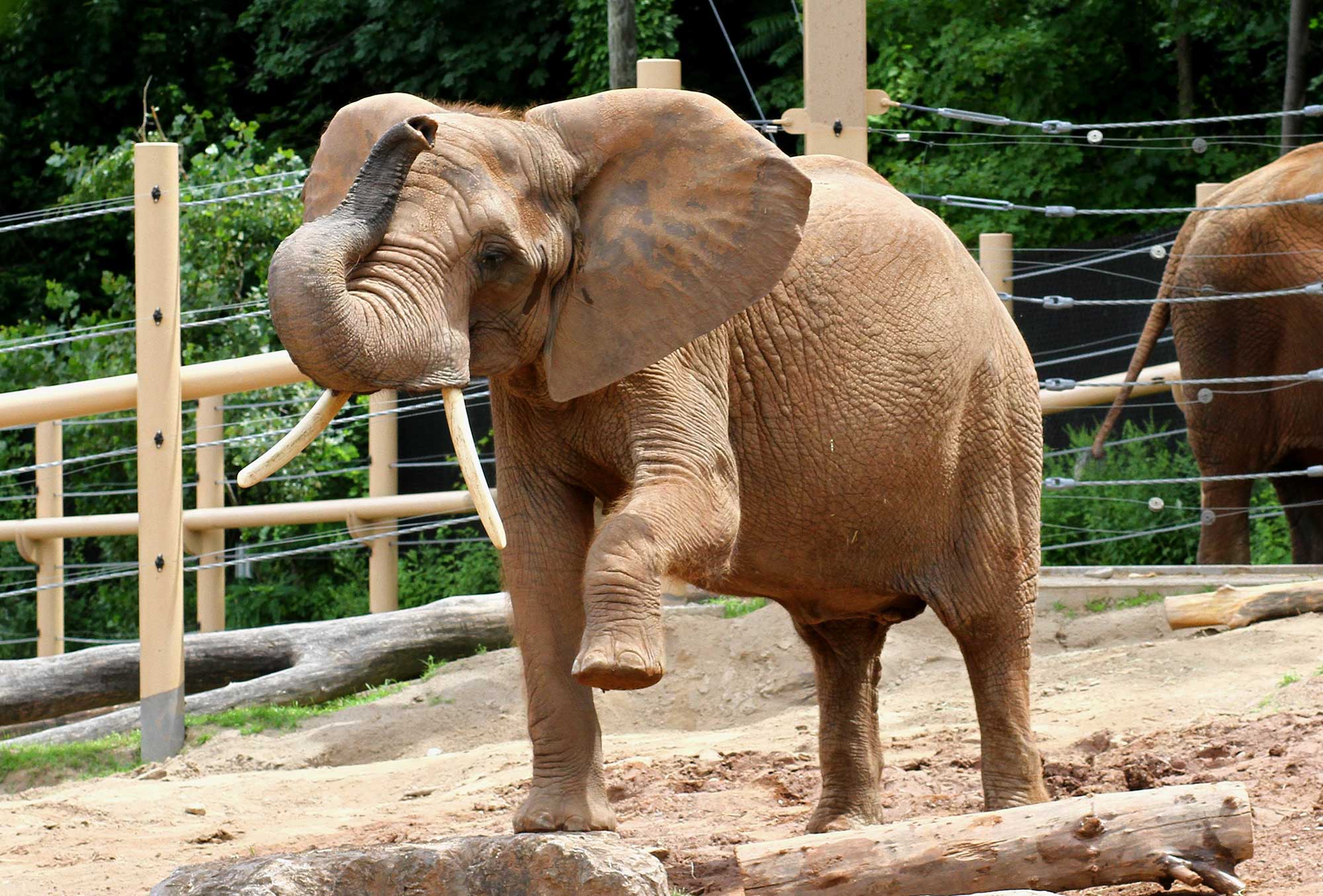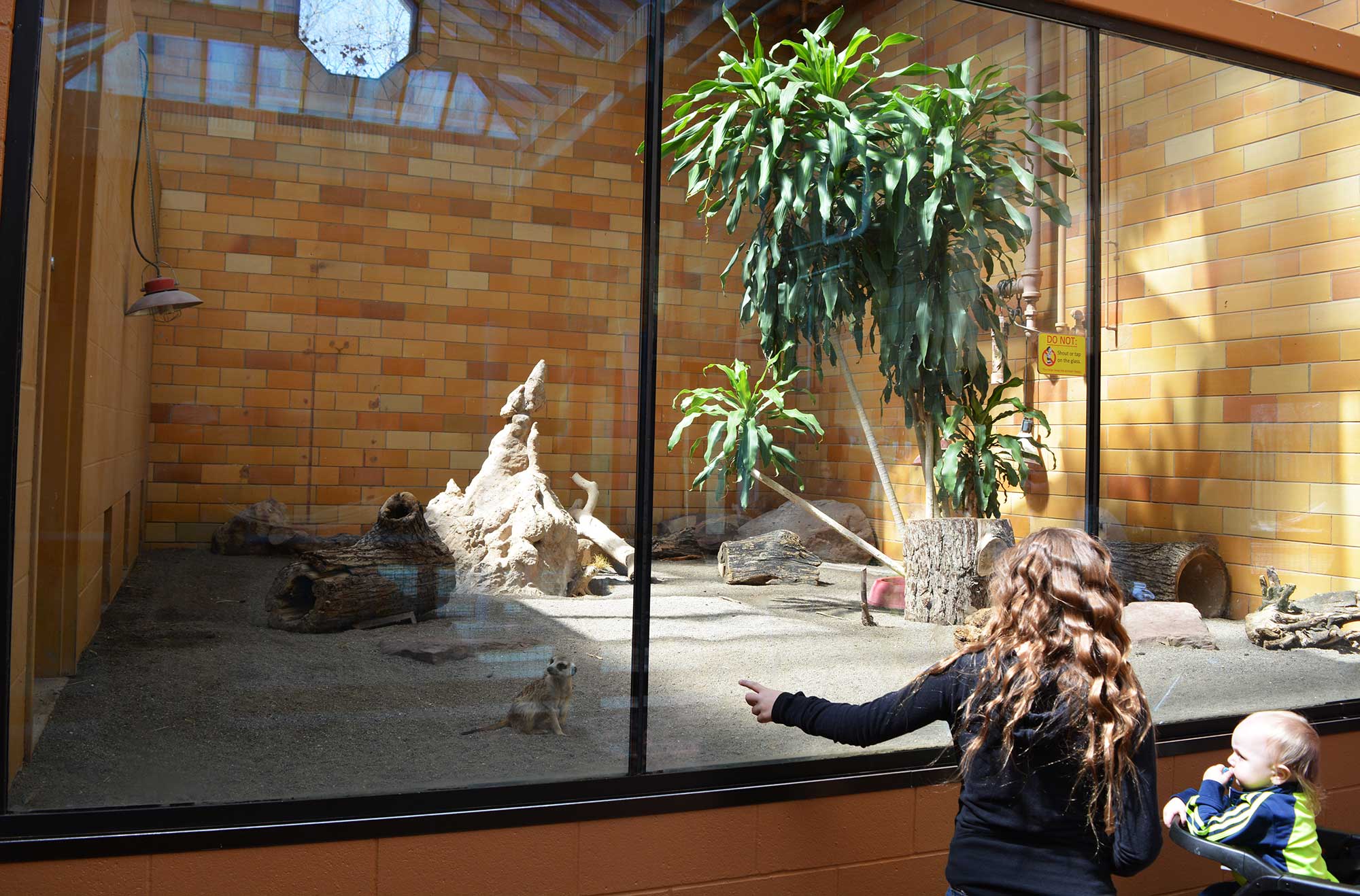October 3, 2018
Seneca Park Zoo’s male spotted hyena Lou is 26 years old today, making him the oldest spotted hyena in human care. Lou was born at the Buffalo Zoo on October 3, 1992 and came to the Zoo with his mother, Drek, on July 6, 1999. Seneca Park Zoo’s animal care staff has experience in “elder care” hyena husbandry considering Lou’s age and that his mother Drek lived to be 27 years old. The average life expectancy for spotted hyenas is 22 years in human care, and less in natural range due to trapping, poisoning, and a decline in densities of prey.Lou’s longevity can be attributed to a few factors: good genetics, a low-stress lifestyle, as well as an excellent diet and veterinary care. The secret ingredient that I believe puts him above and beyond average health is the attention and care he receives from the entire Zoo staff. Every day Lou has positive reinforcement training. This form of training helps Lou develop strong relationships with his caregivers. This bond allows us to medically care for animals here at the Zoo because the animals choose to take part in their own health care.
Lou’s training is an enjoyable experience for him where he gets many meat treats and lots of praise. And we always make sure it’s fun. He even spins in excitement before, during, and after his training sessions. If Lou does something wrong during training, we won’t acknowledge it. We only acknowledge the behavior we want Lou to repeat, therefore calm behavior is the only behavior he displays.His favorite enrichment item is his straw bed. I feel myself relax when I see Lou lying on his side with the bright sun warming his body. The wind blows the soft tuft of hair on the top of his head and I know he is having a good day. During your next visit, spend time with Lou to see what a content hyena looks like.
Every day is a gift. We treat each day as one with Lou!
– Mary Ellen Ostrander, Zoologist

